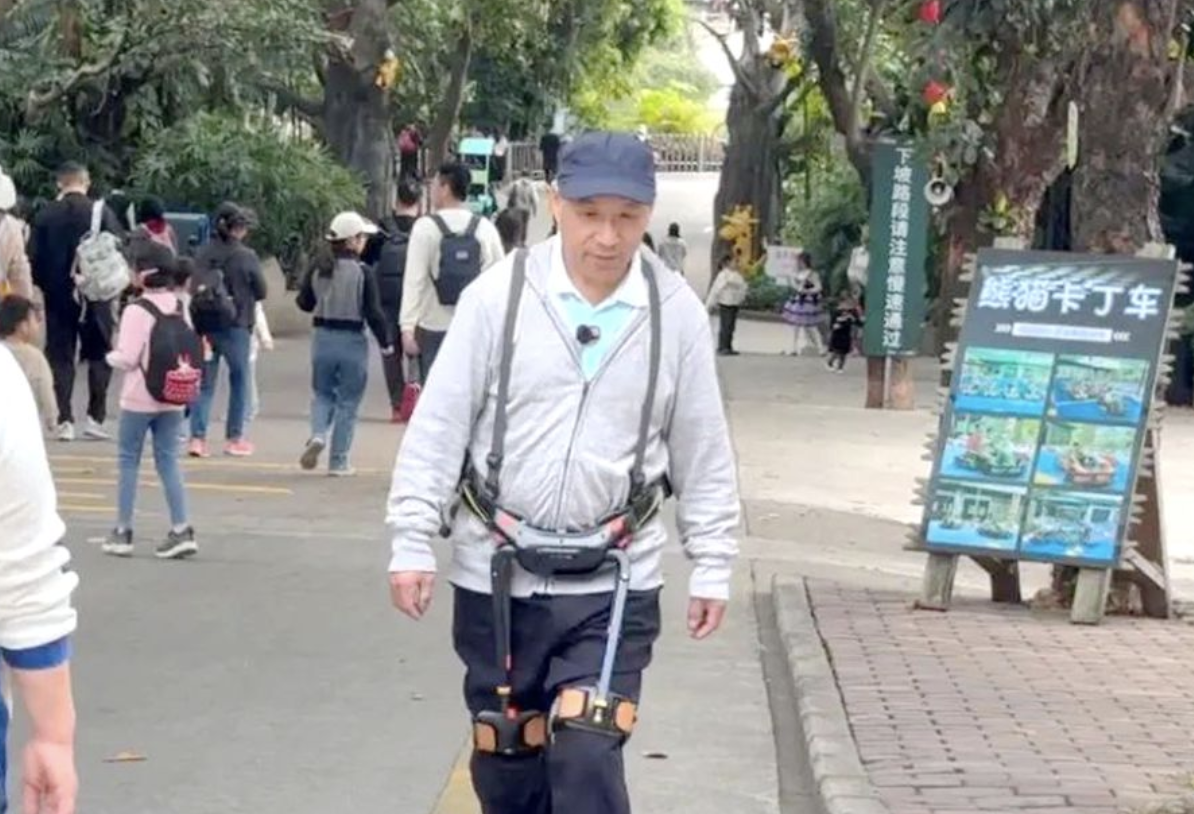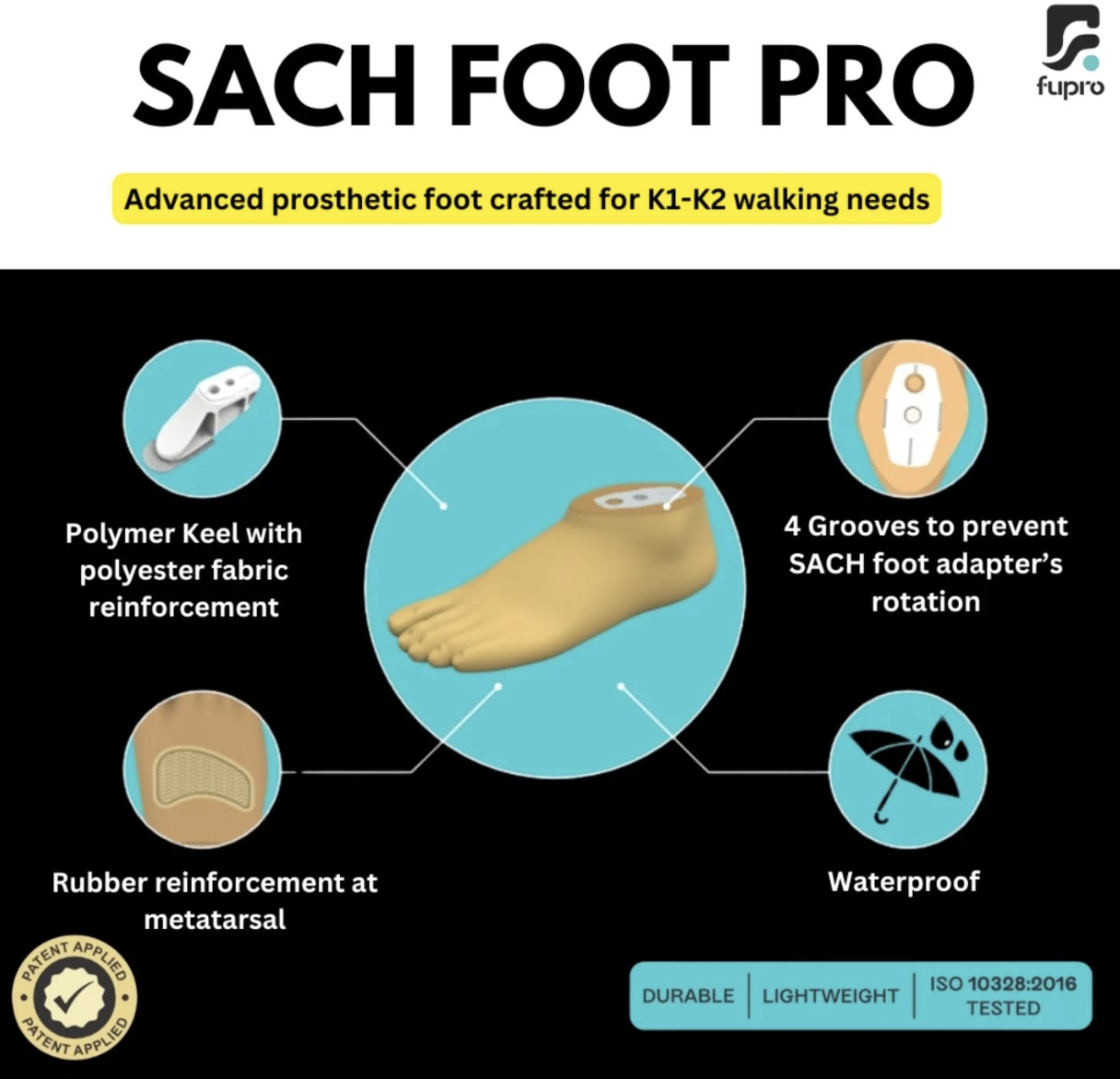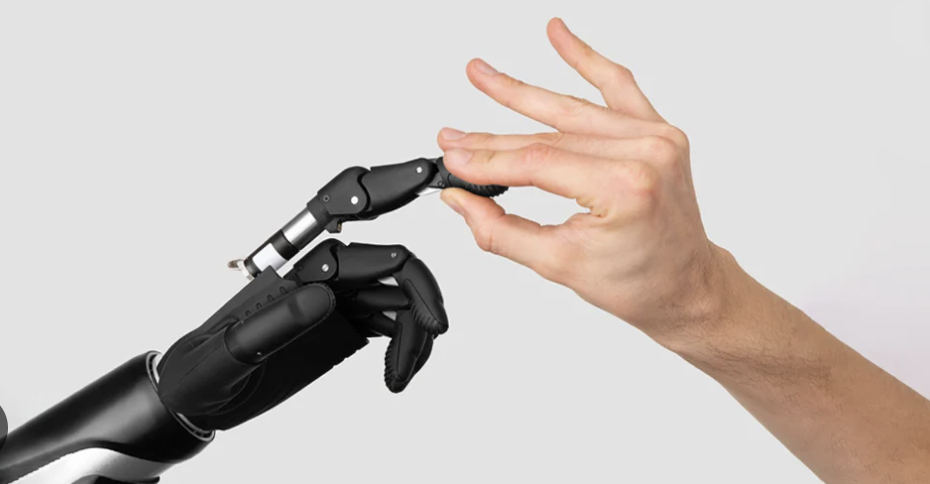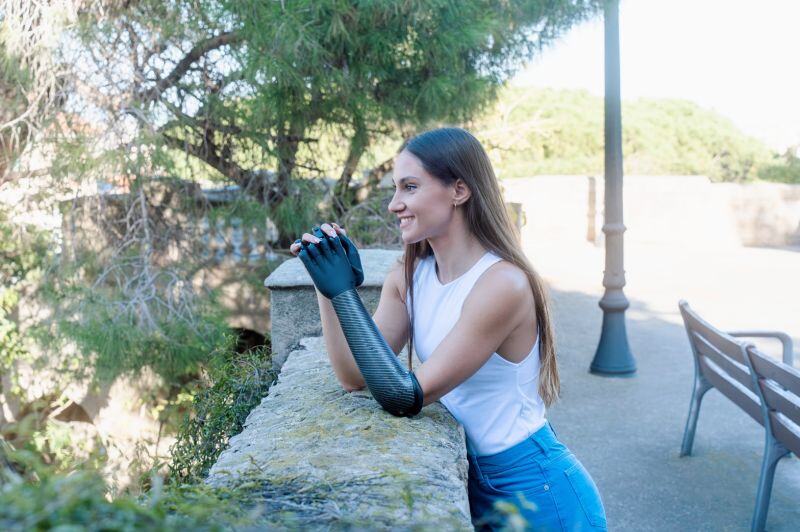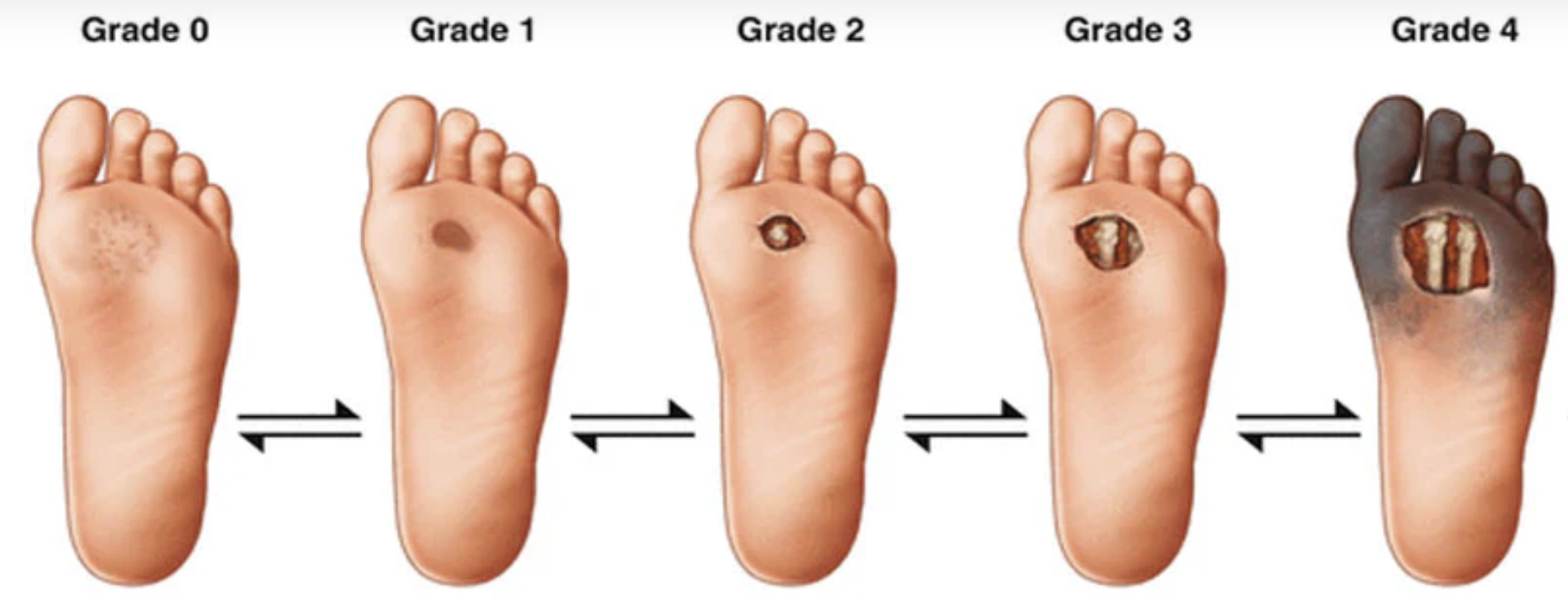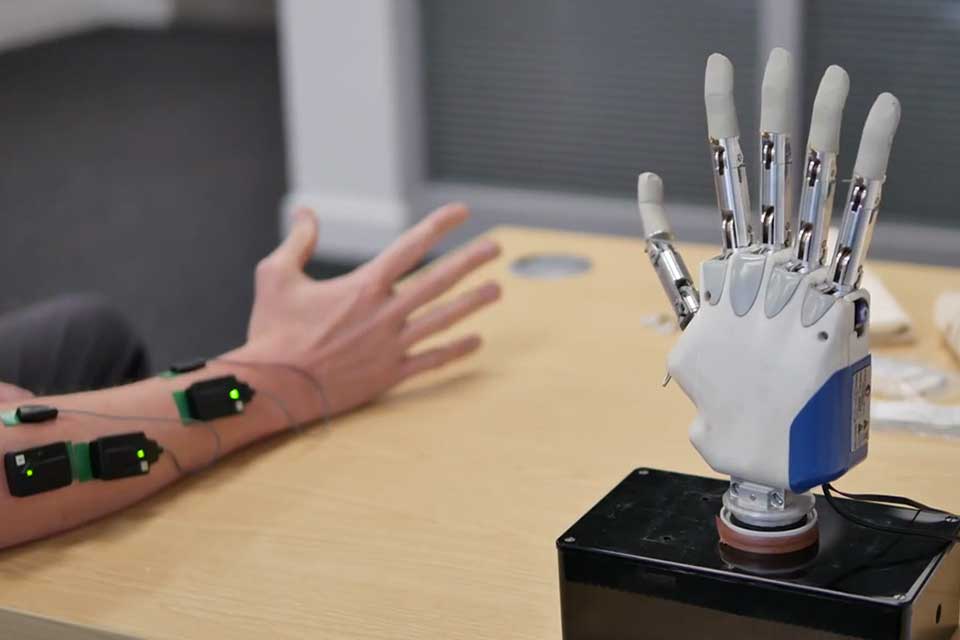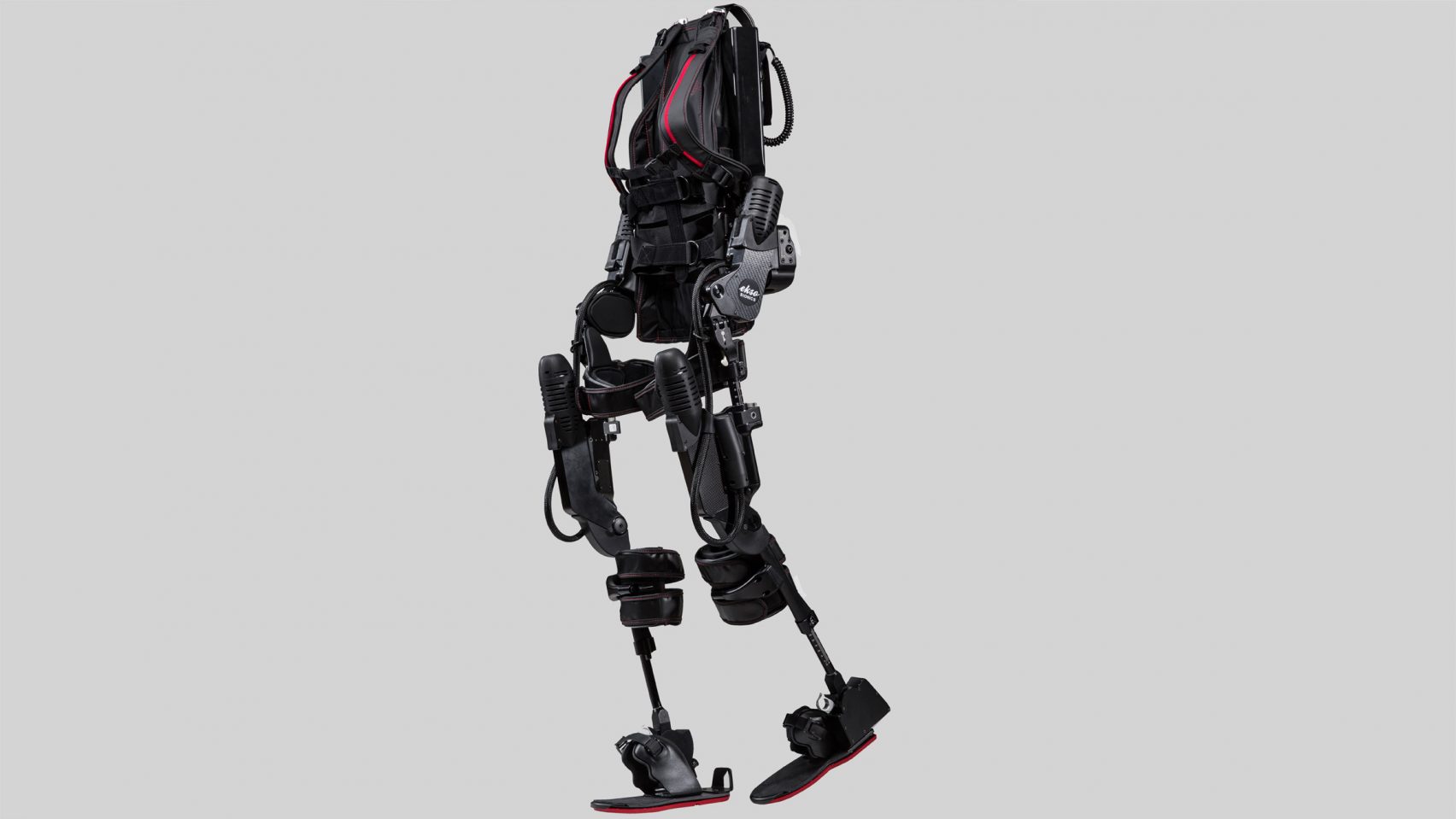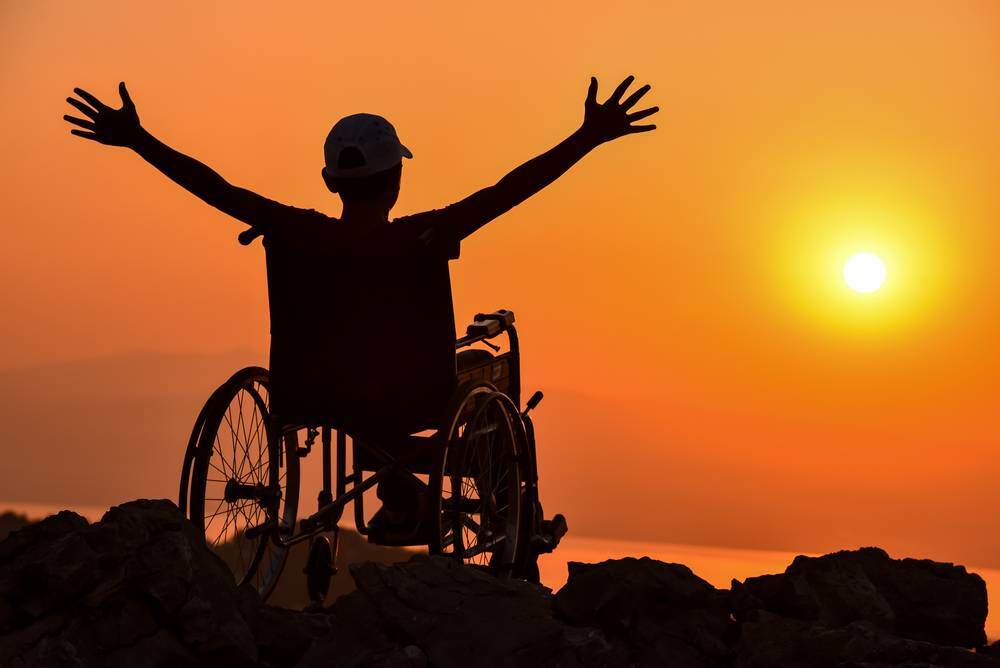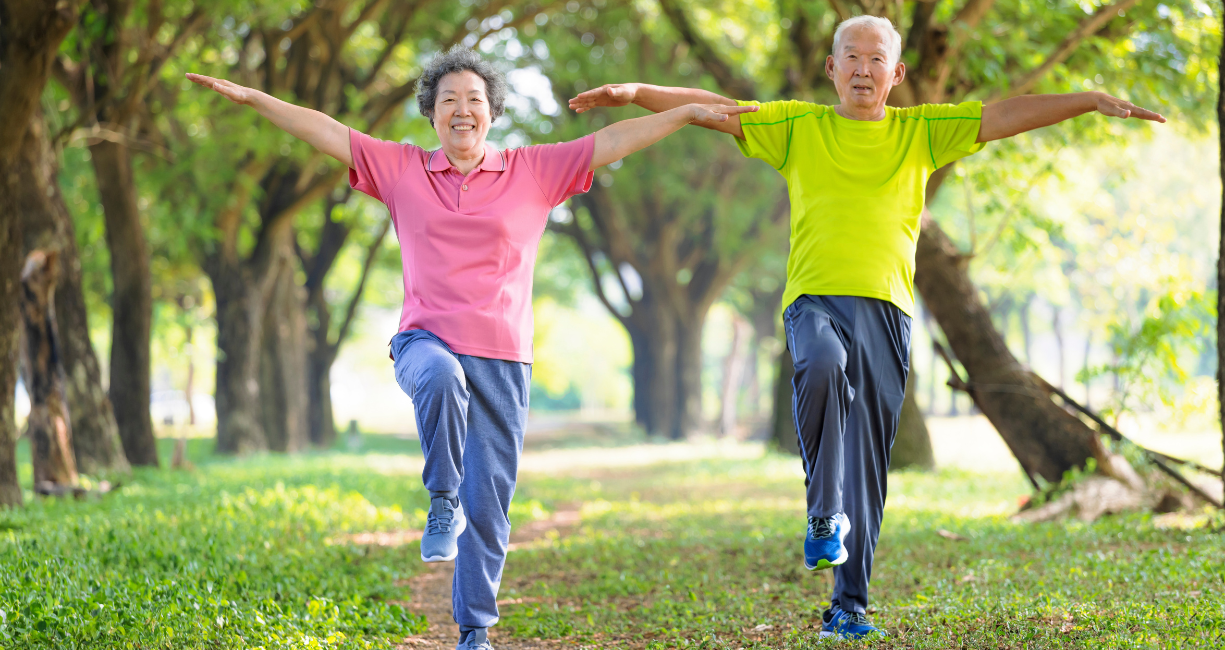During this year's Spring Festival, Taishan in Shandong province, one of China's most famous mountains, introduced the use of wearable robotic exoskeletons.
The innovative device, which is designed to assist with hiking, gained attention for the way it makes the arduous ascent more accessible and enjoyable, especially for elderly and mobility-impaired visitors.
"It really works. Once I put it on, my legs didn't hurt anymore. It felt like someone was pulling me uphill," says Li Chengde, a 68-year-old tourist from the provincial capital of Jinan, after trying on the device.
Developed by the Taishan Cultural Tourism Group and the Shenzhen-based high-tech company Kenqing Technology, the 1.8 kilogram exoskeleton wraps around the wearer's waist and thighs. Powered by artificial intelligence, it senses their pace and movement to provide synchronized assistance to reduce fatigue and joint strain.
Ten units were launched on Jan 29 for trial operation. The device, which costs between 60 ($8.37) to 80 yuan to rent, was used by some 200 visitors to the scenic area during the holiday. Half of them were elderly.
Wang Houzhe, deputy Party chief of the Taishan group, says the robotic exoskeletons were introduced so that elderly visitors could experience the mountain's beauty firsthand.
"Some elderly tourists want to enjoy the scenery, but sitting in a cable car limits their view. With the help of these exoskeletons, they can truly experience the joy of hiking," he says.
Their introduction has sparked broader discussions about the potential applications of robotic exoskeleton devices in elderly care, which is of particular interest in China as the country faces the challenges of an aging society.
The latest data shows that by the end of 2024, there were 310 million people aged 60 and above, 22 percent of the country's total population. It is predicted that this percentage will rise to 30 percent by 2035, when the elderly population will exceed 400 million.
With an eye on this vast market, Kenqing Technology, which focuses on the research and development, as well as the production and sale, of robotic exoskeletons, has released a lightweight system designed for elderly users that integrates advanced sensors and motion control systems to assist with walking, running, and climbing, according to Yu Yunbo, general manager of the company.
Yu adds that the company aims to release a new model this year made of lighter materials, with smarter algorithms and enhanced adaptability to the physical needs of elderly users.
According to estimates, the smart elderly care market was worth 6.8 trillion yuan in 2024.
The government has issued policies encouraging the development of smart elderly care.
A national guideline issued in early 2024 to advance the silver economy, proposed the creation of a new model of intelligent health and elderly care, the promotion of intelligent nursing and domestic service robots, and the development of the assistive rehabilitation device industry.
Last month, another national guideline on deepening the reform and development of elderly care services proposed acceleration of the development and use of elderly care technology and information technology.
Bi Yalei, secretary-general of the Shenzhen Robotics Association, says that policy-supported market encouragement is necessary to promote the large-scale use of elderly-care robots and make their prices more affordable — an assessment with which Yu agrees.
"The large-scale use of these technologies will drive down costs, making them more affordable for families," Yu says.
After wearing the exoskeleton, visitors feel no additional weight and find walking much easier — especially when covering long distances or climbing slopes. The assistance provided by the robotic exoskeleton makes walking feel effortless, almost like gliding through the air. Many visitors have commented that the device reduces leg fatigue, allowing them to tour the zoo more comfortably.
Yu Yunbo, founder and CEO of Kenqing, explained that lab data show the device can reduce mountain climbers' oxygen consumption by 30%, significantly lessening fatigue during tours.
According to Yu, the company expects to achieve a monthly production output of 2,000 to 3,000 units before the May Day holiday.
